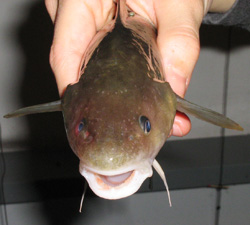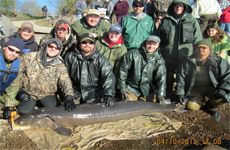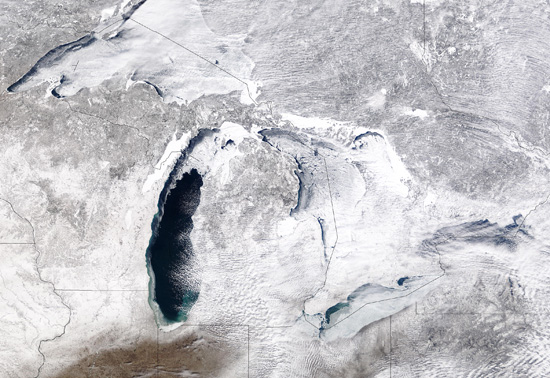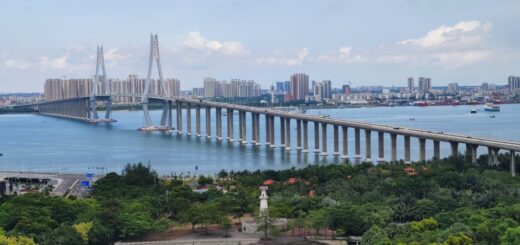Extreme selective pressure leads to PCB resistant fish
0
Atlantic tomcod
If you’re a fish living in the Hudson River, pollution-resistant genes might be a handy adaptation to posses.
Many species in the river have been severely harmed by decades of exposure to polychlorinated biphenyls and other toxins resulting from industrial pollution. But a newly published paper reports that one species living in the river has undergone rapid changes allowing it to be particularly resistant to certain pollutants, including PCBs and dioxin. That species is the Atlantic tomcod, a smaller version of regular cod.
The paper was published Feb. 17 in the journal Science. Lead author Isaac Wirgin, a toxicologist at New York University’s Department of Environmental Medicine, said he and his research team discovered what made the fish so resistant to the toxins.
“It just comes down to a single gene and a single point on that gene which is responsible for this resistance,” he said in an interview for a Science podcast.
Pollutants such as PCBs commonly enter the nucleus of cells within exposed fish by way of a receptor named the aryl hydrocarbon receptor. Upon entering the nucleus, the toxins interfere with the expression of a certain gene, ultimately making the fish ill.
This gene in a small percentage of the tomcod, however, was less susceptible to PCBs and dioxin. As PCB pollution began to flood the river starting in 1947, the selective pressure was so strong that this tiny portion of the species soon became the majority.
The adaptation doesn’t come without a few drawbacks, however.
For one, Wirgin said the tomcods are still accumulating tremendous amounts of these pollutants, making it much easier for the toxins to move up the food chain as the tiny tomcods are consumed by larger predators.
Secondly, Duke University Toxicologist Richard Di Giulio points out that these adaptations have made the coldwater fish less capable of dealing with low dissolved oxygen content, warmer water temperatures, and other natural stressors.
The research was a collaboration among the Woods Hole Oceanographic Institution, New York University, and the National Oceanic and Atmospheric Administration.
Science 18 February 2011 Podcast [Science] Toxic Avengers: Pollution Drove Fish Evolution [National Public Radio] Coastal Fish Exhibits Genetic Resistance to Toxic Chemical [The Epoch Times]
Image Credit: http://commons.wikimedia.org/wiki/File:POULAMON.JPG













